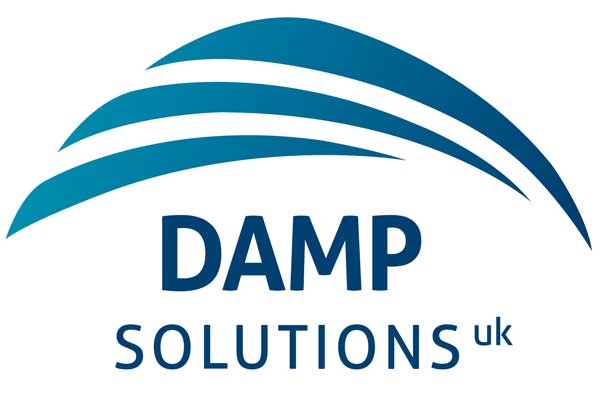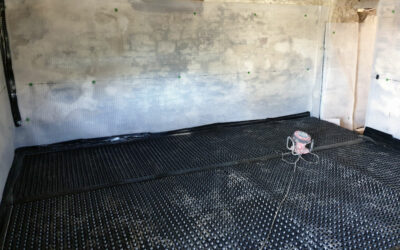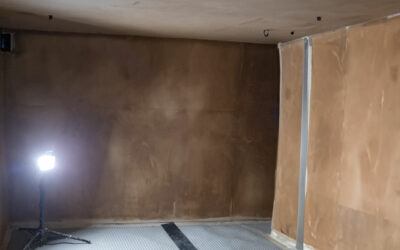Dry Rot
Dry rot is the common name given to the wood rotting fungus, serpula lacrymans. Dry rot will generally attack timber that has been subject to a form of moisture and can have devastating affects if not dealt with quickly.
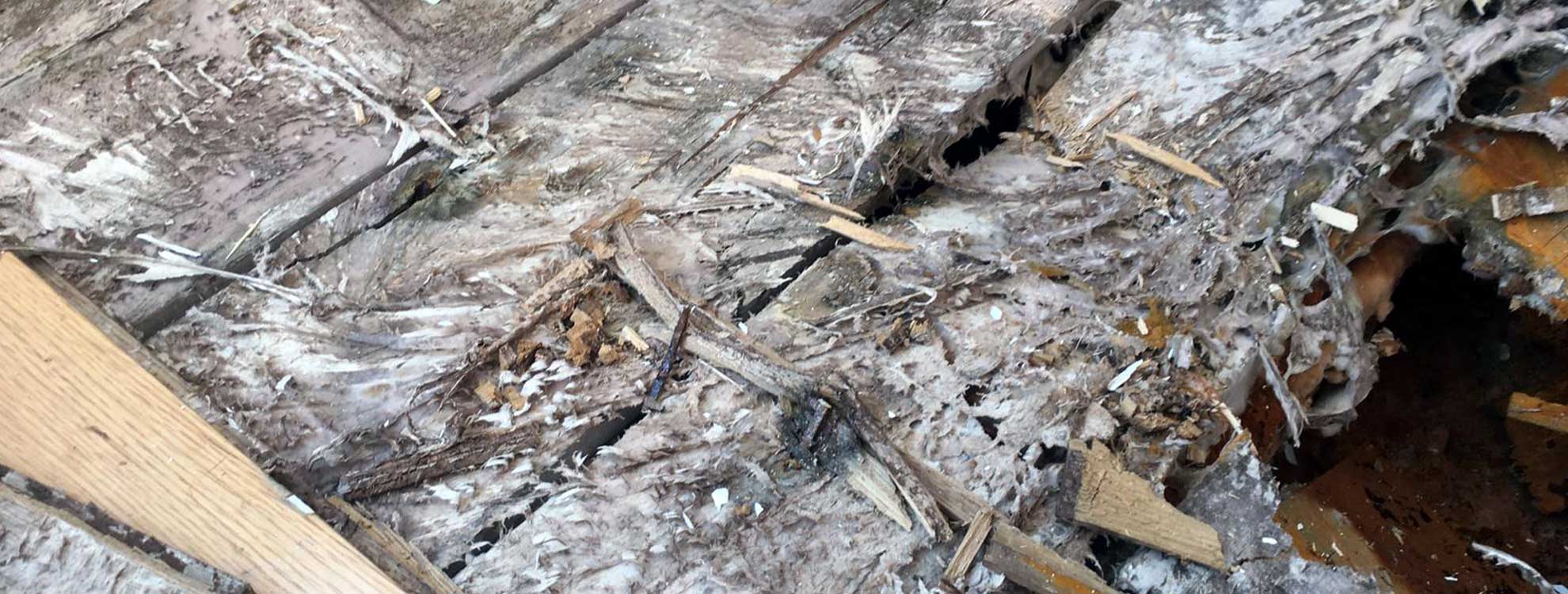
Serpula lacrymans
The Serpula lacrymans has the ability to rapidly colonise sites through unique and highly specialised mycelium which also leads to greater degradation rates of wood cellulose and is a main cause of dry rot.
Finding and removing the source of moisture responsible is crucial to prevent further destruction.
A full intensive survey by our qualified surveyor will determine the extent of the problem and recommend the required treatment for dry rot.
The difference between wet and dry rot is not so easy to identify.
Some of the wet rot species can easily be confused with dry rot so it’s important to appoint a qualified surveyor to avoid unnecessary treatments or costs.
WET Rot
Wet rot is a generic term used to define a variety of fungal species, such as Coniophora puteana and Choanephora cucurbitarum. Some species obtain their food by breaking down the cell walls of wood, resulting in a loss of its strength. This can cause problems in the structural integrity of structures.
Wet rot decays are quite often less invasive than that of dry rot and may only require the removal of the source of moisture.
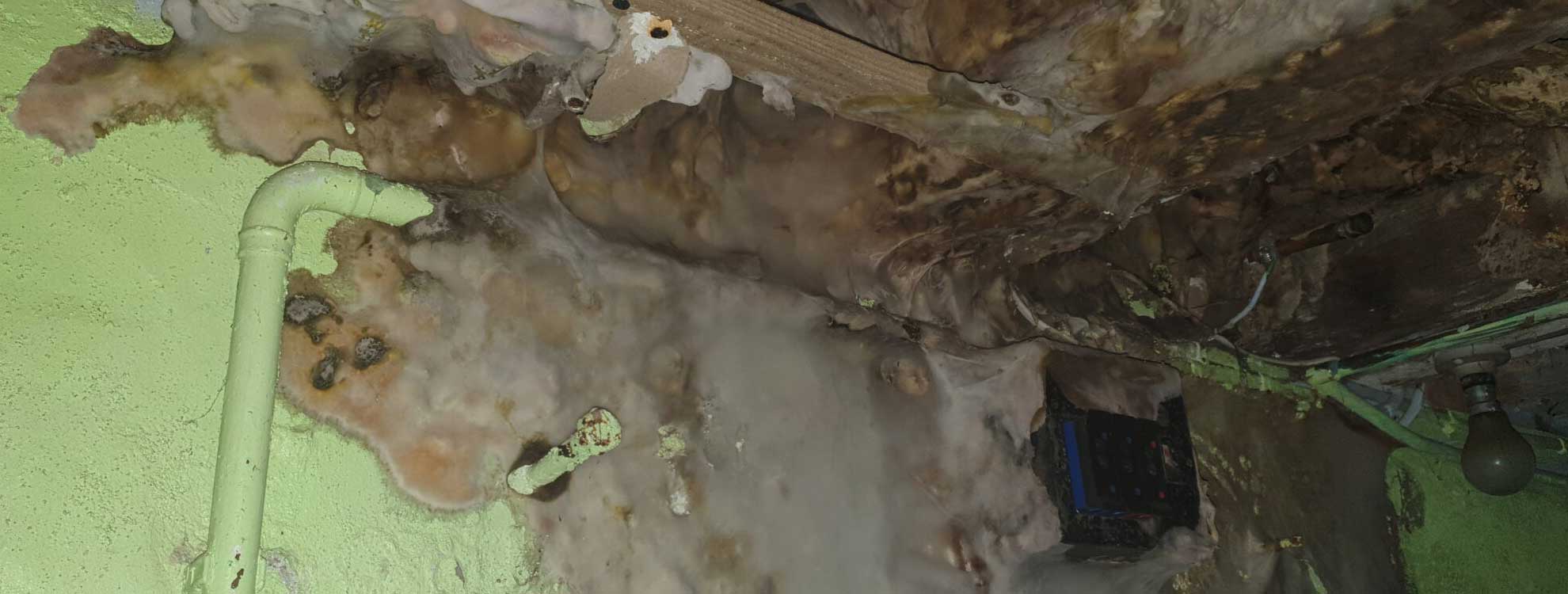
Coniophora puteana
Coniophora puteana causes timber to darken and produces longitudinal cracks usually under a very thin layer of good wood. This wooded decaying fungus thrives in very damp areas like the basement, roof and solid wood floor.
Finding and removing the source of moisture responsible is crucial to prevent further destruction.
A full intensive survey by our qualified surveyor will determine the extent of the problem and recommend the required treatment for wet rot.
